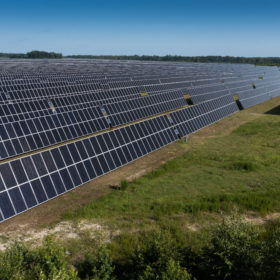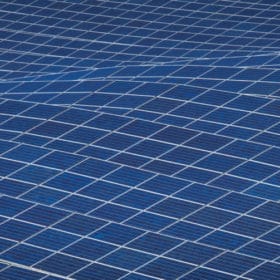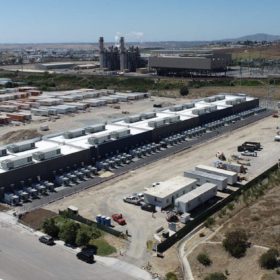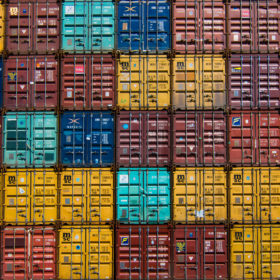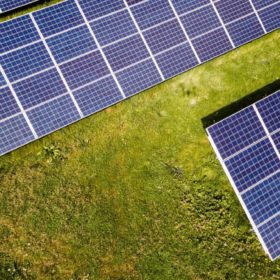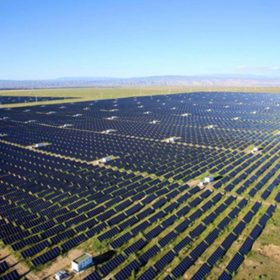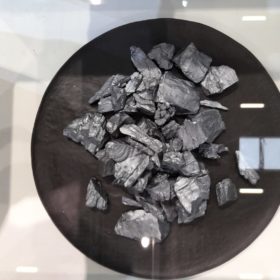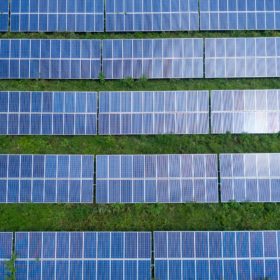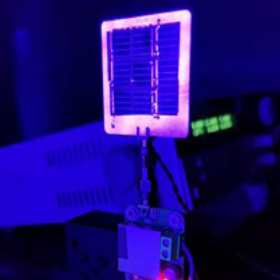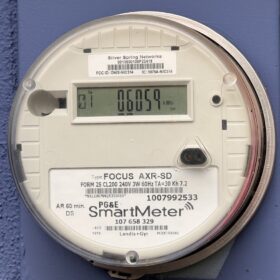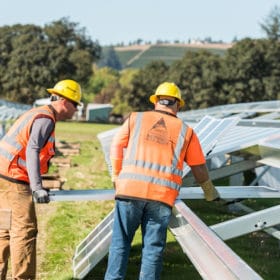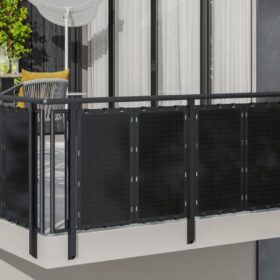Global tracker provider FTC Solar posts 44% growth in 2021
The company announced the launch of a turnkey operation for sub 20MW projects and reported revenues of $101.7 million in the fourth quarter.
Humans have installed 1 terawatt of solar capacity, generated over 1 petawatt of solar electricity in 2021
The homo sapien species has installed its first terawatt of hardware on Earth to generate electricity directly from its local star.
In 2021 renewable energy use reached an all-time high, but so did CO2 emissions
Global energy-related carbon dioxide emissions rose by 6% in 2021 mostly due to increased coal use, but renewable energy sources and nuclear power provided a higher share of global electricity generation than coal in 2021, according to IEA report.
IHS Markit: Battery prices won’t fall until 2024
Business data analyst IHS Markit published a series of clean tech predictions for the year that also highlighted the rising proportion of sub-5MW solar projects in the global market, and cheaper clean energy financing costs even as panel prices continue to rise.
Auxin antidumping case “an affront to the industry” said SOLV Energy CEO
SOLV Energy CEO George Hershman joined pv magazine to offer his view on the antidumping/anti-circumvention case.
‘The major solar players will shift from PERC to TOPCon’
US analyst Clean Energy Associates made some notable predictions in its Q4 survey of the world solar manufacturing market, including echoing predictions made elsewhere that the new polysilicon production capacity coming online now will help arrest the spike in solar panel prices.
State Grid of China unveils plans for 100GW battery fleet
China’s largest state-owned grid operator and power utility plans to deploy the world’s biggest battery fleet and almost quadruple its pumped hydro storage by 2030, thus supporting the nation’s switch to renewable energy sources.
Polysilicon price reaches $39.3/kg — the highest since 2011
The price of polysilicon last week reached its highest level since 2011 and, according to Chinese module manufacturer JinkoSolar, there are no visible signs that it could drop this year, as predicted by several analysts.
Missing: Five to ten gigawatts of utility scale solar in 2022
ROTH Capital Partners sees a possibility of 5-10GW of utility-scale solar power facility developers finding it challenging to procure – cost effective or otherwise – solar panels for their projects, with some pushing off construction until Tier 1 products are available for purchase.
Solar cells used for high-speed underwater wireless data transmission
Breaking research reveals solar cells can be used as lens-free, high-speed optical detectors in underwater environments. The research team said the devices may offer a lower-cost alternative to lensed devices.
